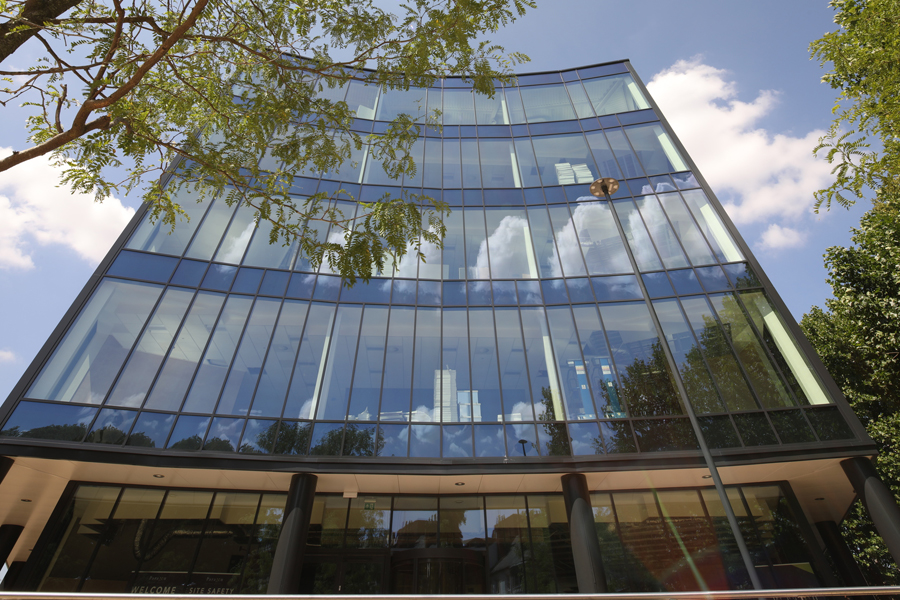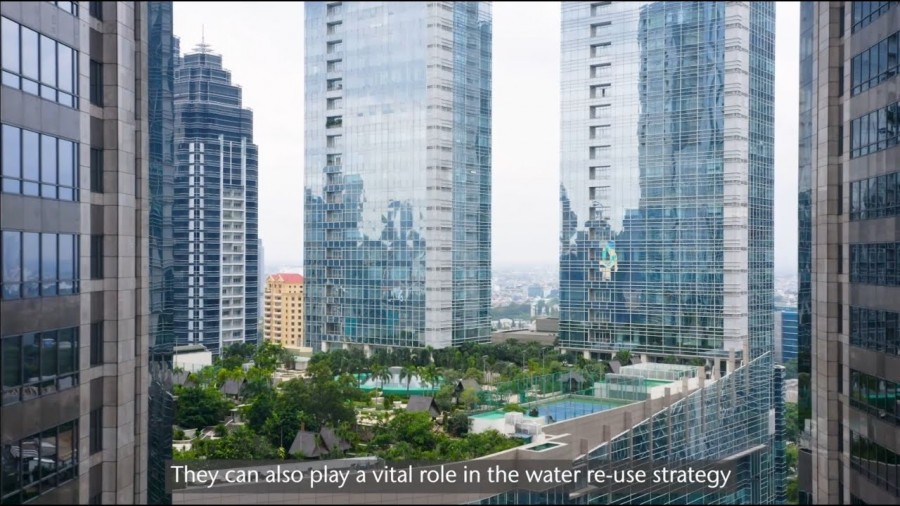Eight kilometres of river restored, 4,000 homes protected from flood and two million tonnes of soil decontaminated
The work to complete many of the environmental improvements at the Olympic Park and secure a green legacy for future generations was completed today, the Environment Agency has announced.
Over the last eight years the Environment Agency has worked with the Olympic Delivery Authority (ODA), the London Development Agency and other partners to transform a neglected, run down corner of East London into the largest urban park created in Europe for more than 100 years.
Around 2.5 square kilometres of land, much of it polluted, has been cleaned-up – the equivalent of 297 football pitches. The colossal clean-up operation involved planting more than 300,000 wetland plants, 2,000 native trees and restoring eight kilometres of the River Lea. The Environment Agency’s approach to regulating the process minimised the amount of contaminated soil leaving the Olympic Park. It helped the ODA with the clean-up of two million tonnes of soil meaning it could be kept on site for re-use, thereby reducing the amount that had to go to landfill by 80 per cent.
The River Lea is now healthier than at any time over the last 20 years. The Environment Agency worked with the ODA, voluntary groups and local communities to remove Japanese Knotweed, Himalayan Balsam and Floating Pennywort. These invasive species and the concrete walls that once chocked and confined the river have been removed to create a haven for wildlife, boaters, bird watchers and fishermen.
By making space for flood water and improving flood defences, the development has significantly reduced flood risk to around 4,000 properties in Canning Town and West Ham.
With more than 35 kilometres of new cycleways and footpaths, the Olympic Park will inspire generations to come. Forty-five hectares of species rich habitat including reed beds, wet woodland, grassland and ponds will have been created to attract birds, otters, amphibians and water voles.
Lord Chris Smith, Chairman of the Environment Agency, said: “The Olympic Park has shown the way in securing major environmental improvement at the same time as enabling large-scale construction and development. The Environment Agency has worked closely with the ODA on issues such as improving water quality, restoring habitats and reducing flood risk. This is a great example of how development and sustainability can go hand in hand, and I hope the same approach can be taken for other large infrastructure projects in the future.”
Sir John Armitt, Chairman of the Olympic Delivery Authority, said: “To have created Britain’s largest urban park for over a century out of a contaminated, industrial landscape has taken both determination and clever thinking. We have achieved this through working closely with organisations such as the Environment Agency, who had the pedigree and expertise to help us achieve our task of delivering on our sustainability pledge to an excellent standard and who will continue to take an interest in the Olympic Park in legacy.”
Developers on the Olympic site have pioneered new ways of working together, and with regulators such as the Environment Agency, they have also developed innovative systems to reduce the Park’s environmental impact. These include a waste water recycling plant which reduces water consumption by more than 40 per cent and is used for irrigation and toilet flushing across the Park. An Energy Centre produces enough low carbon energy to power more than 10,000 homes and construction techniques have enabled around 90 per cent of demolition materials produced on the site to be reused or recycled.
Environmental improvements in East London will not stop when the Games begin. The Environment Agency continues to work with the Olympic Park Legacy Company, Thames Water and other partners to improve environmental quality, with a particular focus on water quality on the River Lea. There are also plans to continue the transformation along the river as part of the Lea Valley Park, which will stretch from the River Thames up to Hertford.
The Environment Agency has given advice and guidance throughout the development of the Olympic Park site – gained from previous work on major infrastructure projects such as the Channel Tunnel Rail Link and Heathrow Terminal 5. Through this partnership working there is a sustainable environmental legacy that will benefit the people of London long after the games are finished. This project demonstrates the advantages to both the environment and businesses of a close working relationship between developers and regulators right from the start. The benefits of this learning will be shared with other major projects throughout the country.



















